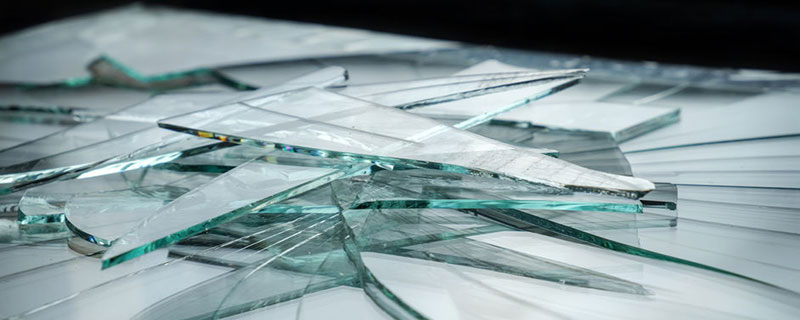Creating Cement from Recycled Glass
Researchers in Japan have created a cement-free soil solidifier from recycled glass and construction waste, reducing landfill and carbon emissions.
Producing cement, the key ingredient of concrete, generates around 2.5 billion tonnes of CO2 every year – about 8% of the global total.
When producing clinker – a precursor to cement – the calcining process converts calcium carbonate to calcium oxide, releasing carbon dioxide. In addition, the reaction itself takes place at close to 1,400°C, which requires burning large quantities of fossil fuel.
Portland cement remains one of the most effective building materials but because of its significant environmental impact, researchers are looking for alternatives.
A team from the College of Engineering at the Shibaura Institute of Technology (SIT) in Japan, have developed a sustainable alternative to Portland cement: a high-performance geopolymer-based soil solidifier developed from siding cut powder (SCP), a construction waste by-product, and earth silica (ES), sourced from recycled glass.
This not only tackles the issue of finding a more sustainable alternative to cement but also makes use of construction waste, which often ends up in landfill.
Professor Shinya Inazumi, who led the study, said:
“This research represents a significant breakthrough in sustainable construction materials.
“By using two industrial waste products, we developed a soil solidifier that not only meets industry standards but also helps address the dual challenges of construction waste and carbon emissions.”
The combination of SCP and ES produces a high-performance material that meets compressive strength standards exceeding the 160kN/m² construction-grade threshold.
However, early environmental assessments detected arsenic leaching, which was partially attributed to the recycled glass content in ES. This was eliminated through the use of calcium hydroxide stabilisation.
Inazumi said:
“We demonstrated that incorporating calcium hydroxide effectively mitigated this issue through the formation of stable calcium arsenate compounds, ensuring full environmental compliance.”
The researchers say this solution offers numerous practical applications with a wide-reaching real-world impact.
Inazumi said:
“In urban infrastructure development, our technology can stabilise weak soils beneath roads, buildings and bridges without relying on carbon-intensive Portland cement.
“By developing a geopolymer solidifier from readily available waste streams, we are not only offering a sustainable engineering solution but redefining how we value industrial by-products in a resource-constrained world.”
In another recent study, a Chinese research team developed technology to repurpose decommissioned wind turbine blades into a material for use in asphalt mixtures and cement concrete.
By Tanya Weaver
Source: Engineering & Technology






Leave a Reply
Want to join the discussion?Feel free to contribute!